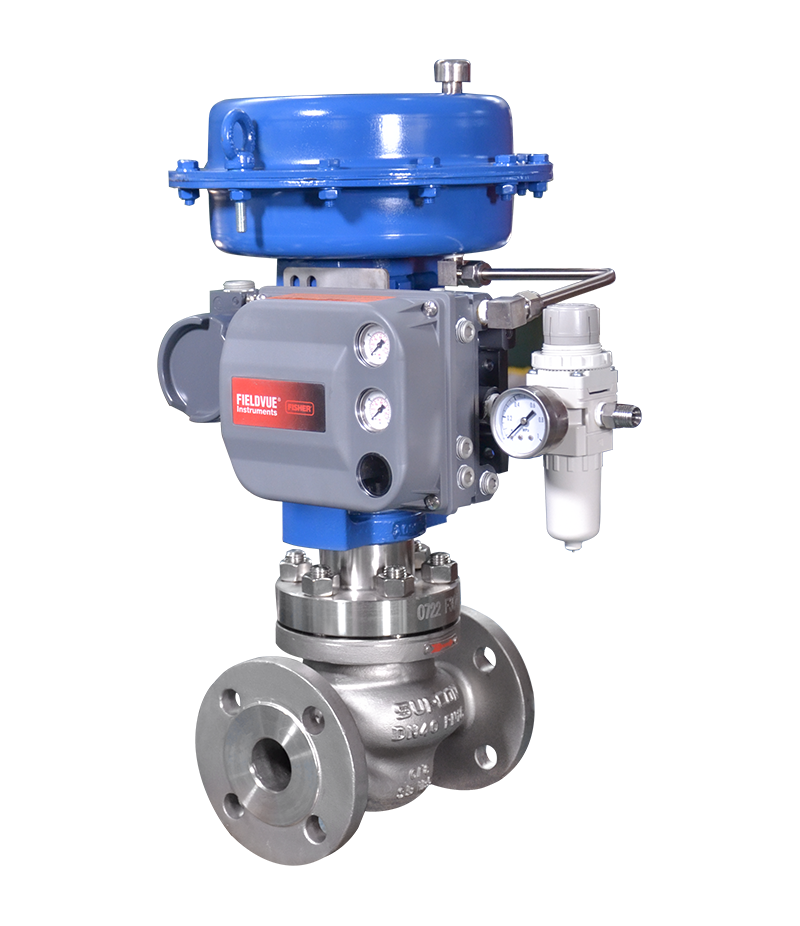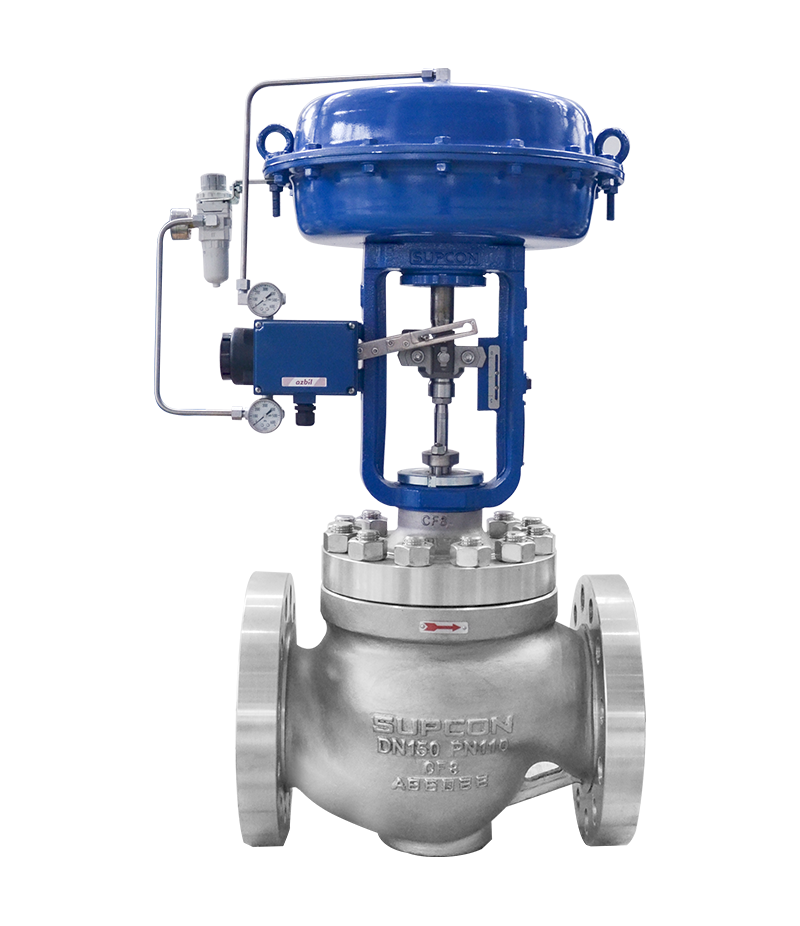Comprehending the Significance of Control Valves in Process Automation
Comprehending the Significance of Control Valves in Process Automation
Blog Article

Maximize Power Savings and Convenience With Advanced Building Automation Controls
In the world of modern architecture and facility administration, the integration of advanced building automation regulates stands as a pivotal development. The convergence of modern technology and sustainability has actually birthed a new age where energy effectiveness, comfort optimization, and operational streamlining are no more far-off goals but possible facts. By using the power of automation, buildings can adjust, react, and advance in manner ins which were as soon as unthinkable. The potential for considerable energy cost savings and boosted comfort is not simply a guarantee but a possibility waiting to be fulfilled. This standard shift in building administration holds the essential to unlocking a globe where environmental conscientiousness and owner well-being sympathetically coexist within the walls of our structures.
Power Performance Conveniences
Energy performance advantages can significantly minimize power consumption and operational expenses in buildings. Energy-efficient systems, such as innovative building automation controls, can optimize the usage of resources like air conditioning, lighting, and heating, leading to lower energy expenditures over time.
Moreover, boosted energy efficiency can extend the lifespan of building devices and systems. By operating extra effectively, HVAC systems, lighting components, and various other building parts experience much less damage, leading to minimized maintenance and replacement prices. Furthermore, energy-efficient buildings commonly regulate higher residential property worths and rental rates, offering long-lasting monetary advantages to owners.
Furthermore, energy effectiveness can boost owner convenience and efficiency. Effectively managed indoor settings with optimum lights and thermal problems create a more pleasant and conducive workspace, leading to enhanced staff member fulfillment and efficiency. On the whole, the power effectiveness advantages related to innovative structure automation controls are multifaceted, incorporating price savings, environmental stewardship, and passenger well-being.
Boosted Convenience Control
Enhancing convenience control in building environments calls for an innovative integration of sophisticated automation systems for optimum occupant wellness. By using innovative building automation controls, facilities can customize the interior environment to meet the particular requirements and preferences of owners. control valves.
By integrating these advanced controls, structures can not only improve convenience but likewise improve power effectiveness by optimizing system operations based on real tenancy and usage patterns. Eventually, focusing on resident convenience with advanced automation systems leads to a much more enjoyable and healthier interior setting.
Functional Performance Improvements

Additionally, the execution of real-time tracking and analytics tools makes it possible for structure drivers to identify power ineffectiveness and operational anomalies without delay. By continuously checking energy usage patterns and system performance metrics, modifications can be made in real-time to maximize power usage and make sure peak operational efficiency. control valves. Additionally, including demand response approaches right into structure automation controls can even more enhance functional efficiency by dynamically adjusting power usage based on grid conditions and look what i found rates signals
Indoor Environment Optimization
Effective indoor environment optimization is a fundamental element of structure automation controls, guaranteeing owners' comfort and health while optimizing power cost savings. By using sophisticated sensors and controls, building automation systems can continually keep an eye on and change temperature, humidity levels, air quality, and ventilation to create an optimal indoor atmosphere. Keeping constant and comfortable problems not only enhances passenger fulfillment yet additionally boosts efficiency and general well-being.
Interior environment optimization likewise plays an important duty in energy effectiveness. By fine-tuning air conditioning, air flow, and home heating systems based upon real-time information and occupancy patterns, constructing automation controls can dramatically lower energy usage - control valves. Executing approaches such as demand-controlled ventilation and thermal zoning can help decrease power waste while guaranteeing that each location of the structure gets the required conditioning.

Sustainable Setting Production
Structure automation controls not only enhance indoor environment problems for power effectiveness and owner convenience yet additionally lay the foundation for producing a lasting setting through calculated management of systems and resources. By integrating sophisticated building automation modern technologies, such as sensing units, actuators, and intelligent software, facilities can change and keep track of energy usage in real-time to lessen waste and decrease their carbon footprint. These systems make it possible for predictive maintenance, recognizing potential issues prior to they escalate and optimizing tools efficiency to enhance longevity and efficiency.
Moreover, lasting setting production prolongs past energy administration to include water preservation, waste reduction, and interior air quality improvement. Building automation controls can manage water usage, find leakages, and ensure correct garbage disposal techniques, adding to general sustainability efforts. In addition, by regulating and checking air flow and purification click for more systems, these modern technologies enhance resident health and wellness and performance while decreasing energy This Site intake connected with a/c operations.
Conclusion
In final thought, progressed structure automation regulates offer considerable advantages in terms of energy cost savings, comfort control, functional performance, interior environment optimization, and developing a lasting setting. By applying these controls, buildings can accomplish ideal performance while decreasing energy usage and enhancing passenger comfort. It is noticeable that making use of advanced automation modern technology is crucial in enhancing building performance and developing a much more lasting future.
Power effectiveness advantages can considerably lower power intake and operational expenses in structures. In general, the energy efficiency advantages associated with advanced structure automation controls are diverse, including price savings, environmental stewardship, and occupant health.
Additionally, incorporating need feedback methods into building automation controls can even more enhance functional efficiency by dynamically readjusting energy use based on grid problems and rates signals.
Building automation regulates not only enhance interior environment conditions for power performance and owner convenience yet also lay the structure for creating a lasting setting with critical monitoring of sources and systems.In conclusion, advanced structure automation controls deal significant benefits in terms of power cost savings, convenience control, operational effectiveness, interior environment optimization, and producing a lasting atmosphere.
Report this page